Where to watch the oldest horse race in England
This 7.3km event has been going since 1519 when Henry VIII was on the throne and anyone can enter.
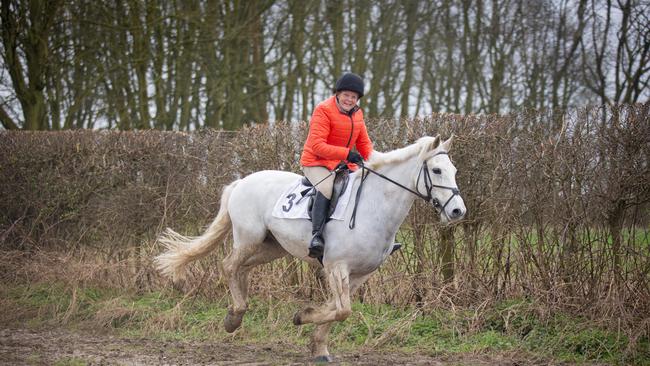
There’s not a stiletto in sight at the running of the 505th Kiplingcotes Derby near the small Yorkshire town of Market Weighton. Knee-high wellingtons are the footwear of choice for most of the 300 or so racegoers and instead of hats and fascinators, beanies for both men and woman are the preferred headwear.
On the third Thursday in March every year, in oft-freezing conditions, people turn out to watch England’s oldest horse race. The 4½-mile (7.3km) event, which started when Henry VIII was on the throne, is run not around a racecourse but between two small dots on a map of the Yorkshire Wolds. It crosses fields, lanes and grassy verges from one small stone marker to the rudimentary signpost marking the finishing line. There is no official address for the race; spectators are asked to park near Londesborough Farm, where a farmer has kindly made his field available for vehicles.
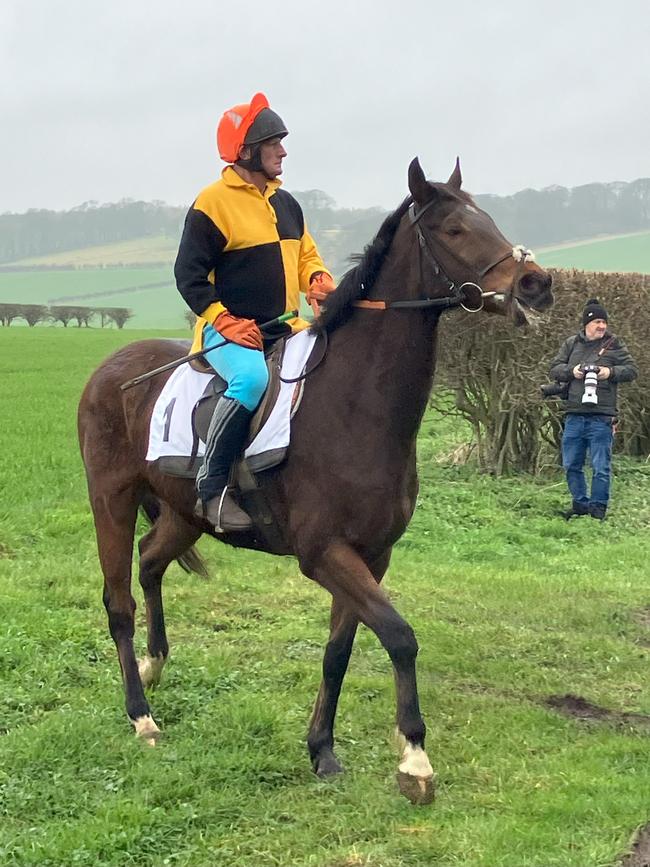
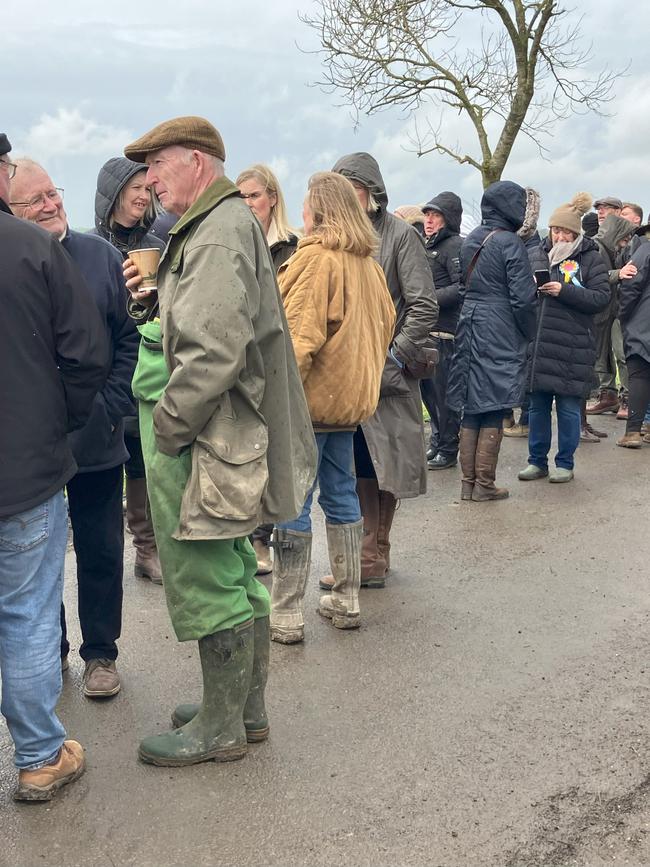
This year, conditions for both horse and rider are poor after several days of pouring rain. No one, not even the volunteer organisers, knows how many horses will turn up after a warning is issued about the heavy going and uneven track.
The rules, set in 1519 by the founding group of “hunting gentlemen” to test the mettle of their mounts after the long, hard winter, say any steed and rider can enter provided they weigh in before 11am and pay the entry fee of £4.25 ($8.20).
In the end, 19 game riders aged 18 to 74 sign up alongside their mounts, including some draught horses that look like they’ve just been unhitched from a plough. Once the jockeys have weighed in – and the rules decree they must weigh at least 10 stone (63kg), forcing some female riders to stuff their pockets with weights – a simplified version of the rules is read by the clerk of the course before they walk to the starting line.
It is one of the many quirks of the event that spectators are unable to see both the start and finish of this linear race. Official race starter Richard Hillaby, who has been performing the duty for 20 years for the princely sum of 50 pence a pop, ruefully admits he’s never seen the end.
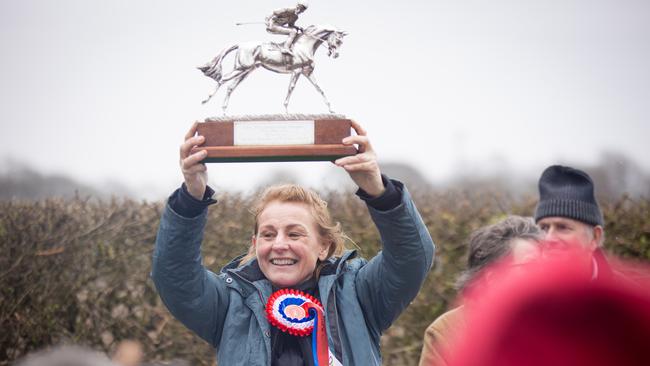
With most spectators gathered near the finishing post, it’s a lengthy wait in the cold for the horses to hack to the starting line and then race back, but this is a social occasion for the community and the mood is lively. Coffee, tea and light refreshments are served from a tent. I stake a position near the finishing line and await the first of the horses to gallop in.
In the end, it is two women who have the jump on the others, chasing glory across the field of dreams. Julie Campbell romps home on Merlin in only her second attempt, with Emma Barker just behind her on Guy.
“It was quite full-on but you are not really thinking about that,” Campbell says afterwards. “You are thinking about the safety of your horse and you are looking at the ground because it is so bad. But it was a fantastic experience. [Merlin] always pulls it out of the bag and he always listens. He did everything I asked him to do. He’s a great horse.”
This year’s oldest competitor, 74-year-old Richard Harper, is philosophical about finishing midfield. “It’s an incredible event. Everybody comes. Never mind the riding; just being here is enough.”
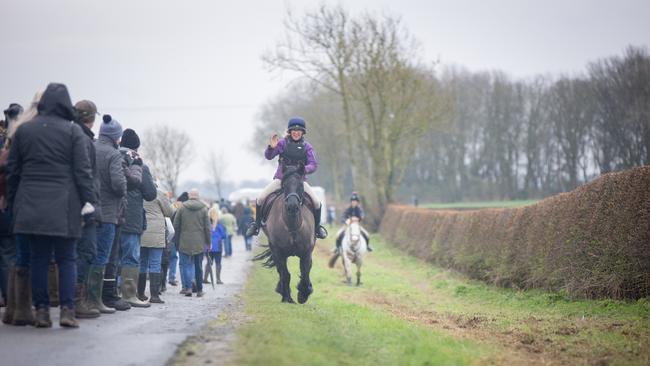
With the race over, Campbell mounts a makeshift dais to accept her winner’s trophy and £50 prize money from High Sheriff Tina Cerutti. In another twist, the rules decree that the second placegetter receives £4 from each rider’s entry fee, so the race ends up being more lucrative for Barker, who collects a trophy and £76.
The Kiplingcotes Derby must abide by 15 rules, the most critical of which is the last: Should the race not be run then it shall cease. There have been four times when the event was cancelled. A snowdrift made conditions unsafe one year; there was an outbreak of foot-and-mouth disease another; and of course, the Covid pandemic put a stop to the event. On three of those occasions a sole rider completed the course to keep the tradition alive. During the pandemic two (socially distanced) riders walked their mounts from start to finish.
“The race is a tricky thing to organise but we are determined to keep it going,” says race trustee Philip Guest.
With the presentation over, people and horses start leaving. What was a vacant farmer’s field at 10am is empty again by 2pm.
“It’s what happens in the time in between – those four hours – that is so amazing,” says British racing historian Chris Pitt, who comes every year. “This race should never be allowed to die out.”
In the know
Next year’s Kiplingcotes Derby is on March 20. Check the event’s Facebook page for details closer to the date. Attendance at the event is free but there is no public transport access.
More to the story
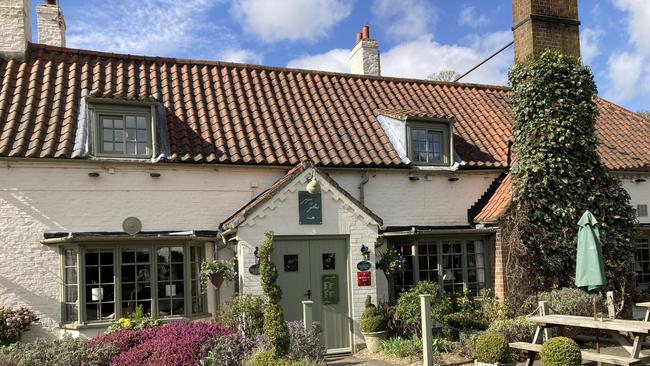
Near the race location is The Pipe and Glass (pictured), an 18th-century coaching inn with a fine-dining restaurant that boasts a Michelin star. James and Kate McKenzie took over the pub in 2006. At the time, the kitchen comprised a bank of microwaves, but the couple called in favours from family and friends and had it ready for opening in two weeks.
Being awarded a Michelin star was a big and unexpected moment for the couple. “We are still first and foremost a local pub where you can also come for something special. But I can’t deny the award felt fantastic and still does,” James says.
Imaginative British cooking is served in the cosy front bar and the restaurant, and every Sunday the menu includes roast ribs of beef. James’s fish pie with cheddar crust and parsley mash, his cider-braised rabbit and his beef marrow pie are firm favourites. Rooms from £230 a night.
Sue Preston travelled at her own expense.
If you love to travel, sign up to our free weekly Travel + Luxury newsletter here.



To join the conversation, please log in. Don't have an account? Register
Join the conversation, you are commenting as Logout